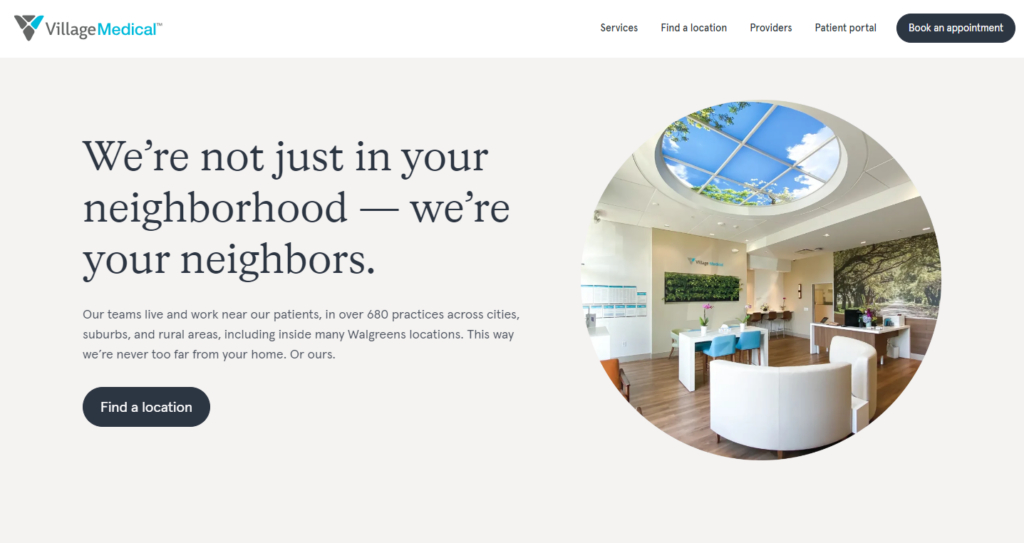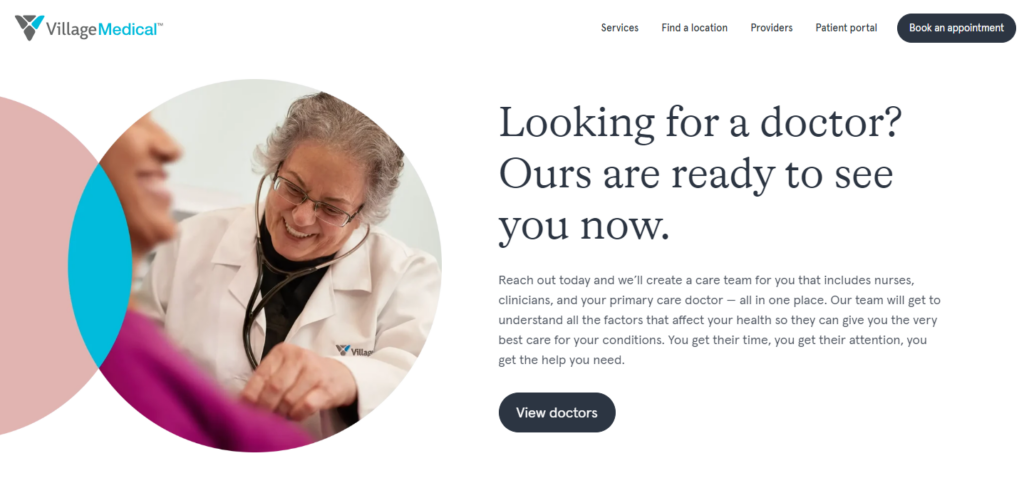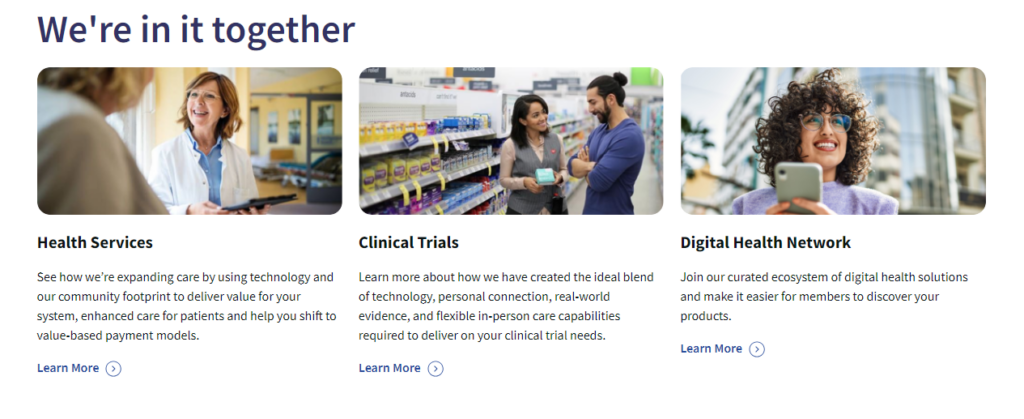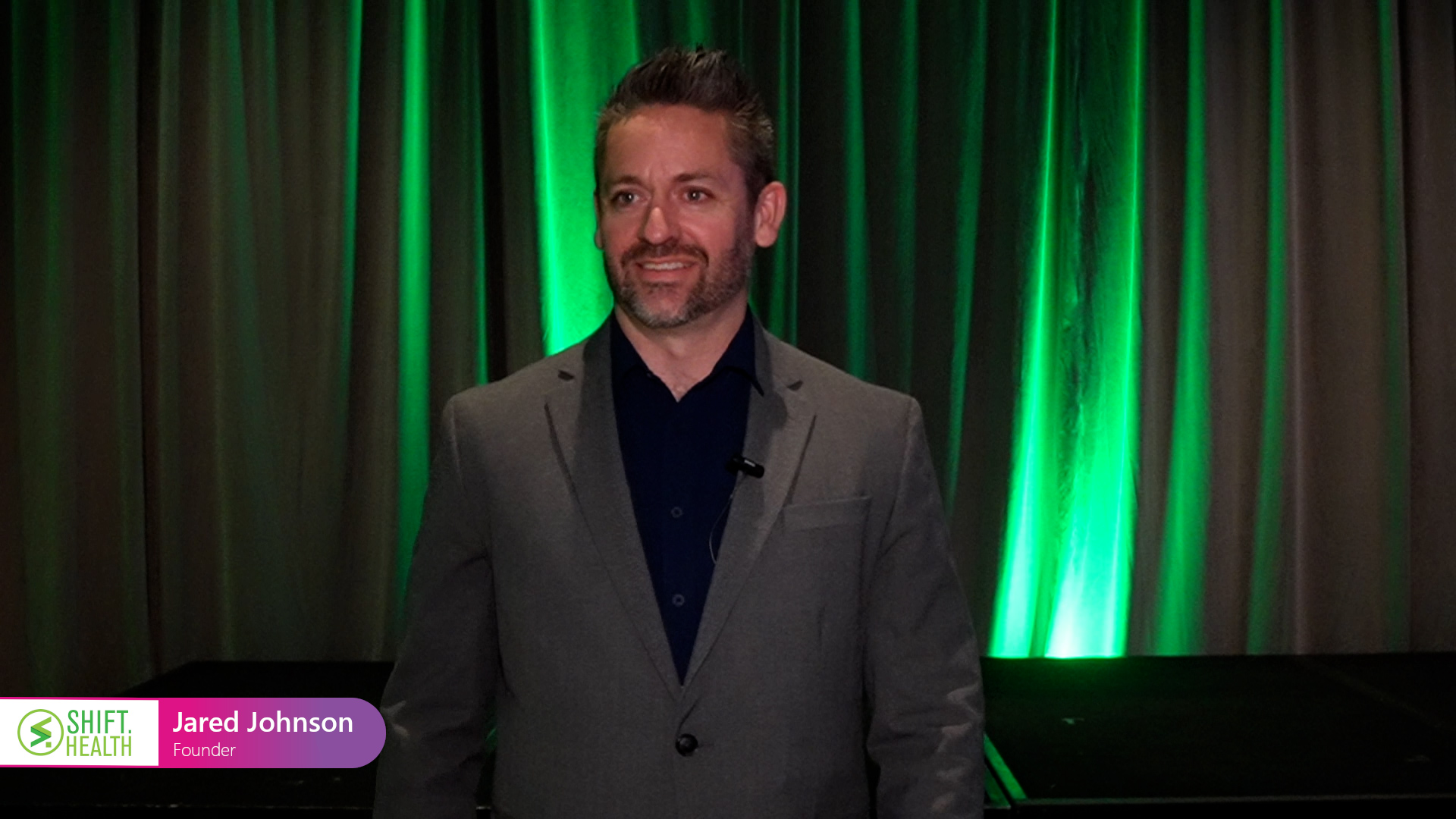This article is based on the episode “MARKETING WITH SOUL: Walgreens & Village Medical” on the Healthcare Rap Podcast.
This is the next in our series on marketing lessons from consumer-minded disruptors. Paying attention to how disruptors market themselves is one of the greatest ways to learn how to compete in the modern marketplace of consumer messaging. Marketing that acknowledges consumers’ elevated expectations helps brands differentiate themselves in this crowded new marketplace.
Let’s see how Village Medical and its parent company, Walgreens, position themselves for modern consumers and differentiate themselves by emphasizing a convenient experience.
Village Medical’s Focus On Community and Relationships
Village Medical’s marketing messaging on their website reflects their wide-reaching mission. That mission includes their retail storefronts as well as their value-based contracting. You probably knew that some of their stores are co-located inside Walgreens drugstores, but did you know that they are also the largest direct contracting entity with CMS? Their Village Medical at Home division does house calls. Their business structure incentivizes them to reduce hospitalizations by checking up on patients more frequently and spending more time with them.
On their homepage, the tagline says “Personal primary care for you,” followed by a description that says, “At Village Medical, patients receive time and attention from their primary care provider. We are your neighbors and are committed to bringing our value-based care model to your neighborhood.” One phrase that stands out is “patients receive time and attention from their provider.” It conveys a message that they’re committed to health, which isn’t just marketing for their brand, but for value-based care in general.
Another thing that stands out is the repetition of the words “neighbors” and “neighborhood.” It implies that they are focused on keeping entire communities healthy, not just treating the sick. It also implies that they are targeting a more senior population. The words “attention” and “committed” also refer to their focus on relationships.
Describing How They Care
Further down the page is another subheader that says, “How we take care of you.” Like One Medical, Oak Street, and CVS, they don’t lead with messages about their clinical quality. That is a significant way to differentiate their brand promise. Like other retailers and value-based providers, their focus on easier experiences and convenient care indicates that they show that they care in a different way. That is what a lot of these retailers have in common: a differentiated brand promise that acknowledges the complexities of traditional healthcare encounters and emphasizes how it’s easier to be cared for at one of their facilities.
If that messaging is taken too far, however, it can imply that traditional healthcare organizations don’t care as much or in the same way. Retailers and disruptors clearly are not the only entities that care for patients, so their messaging has to walk a line that acknowledges the life-changing work that happens in hospitals and health systems everyday.
Note that these messages apply partially because they refer to primary care. This type of brand promise could be challenging for secondary, tertiary, and quaternary care that health systems provide. But all of these messages address consumers’ evolving expectations. We can debate to what extent consumers accept the complexities of the patient experience, but society’s expectations for ease and convenience are increasing. So any attempt to provide a more convenient experience can become a differentiator.
To this end, Village Medical offers same-day appointments and uses the term “neighborhoods” again, saying that they are committed to serving you. When they say, “Get seen by a doctor when you need one,” they reinforce their brand promise of convenient, accessible care.
Walgreens’ Unifying Messaging
Moving over to Village Medical’s parent company Walgreens, three subheaders on the homepage indicate their unique positioning. The first one says, “We’re in it together,” followed by descriptions of their health services, digital health network, and even clinical trials. A second header says, “Our focus is always on you,” describing how their purpose is to provide more joyful lives through better health. The final one says, “Stay connected.”
Their positioning is about health, not just healthcare. It isn’t about their doctors being better than other doctors. Like Village Medical, their messaging reflects a focus on relationships and communities. Walgreens is able to offer a brand promise like this because they don’t have to provide specialty care and deal with all of the complexities that come with it. They can stick to primary care and high-touch patient relationships. They’re creating brand loyalty at the expense of hospitals and health systems.
It should be noted that there is a place for this type of care – retail health fills gaps that exist in traditional care. At the same time, it can lead to claims that they are causing more fragmentation in patient journeys by only addressing a limited number of conditions.
Takeaways
- Village Medical’s key marketing messages focus on communities and relationships. They can have this kind of brand promise because of the value-based primary care that they provide, including home visits.
- Like other retailers and value-based providers, their focus on easier experiences and convenient care indicates that they show that they care in a different way.
- Walgreens has an opportunity to differentiate their own brand by describing things like clinical trials and preventive health opportunities, as opposed to just clinician visits.











Add Comment